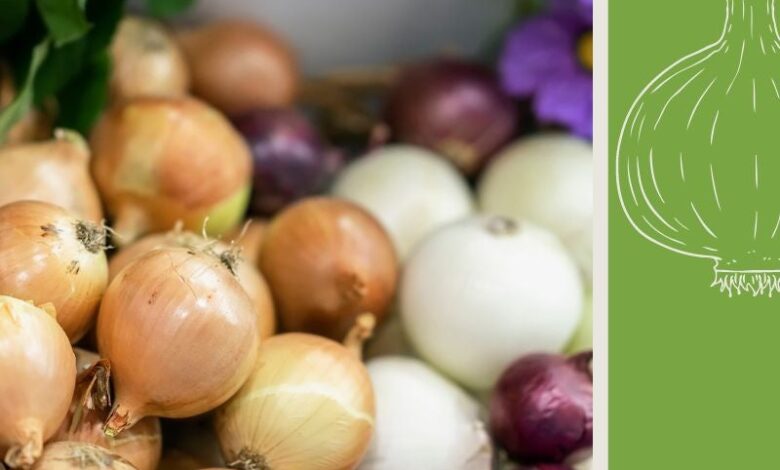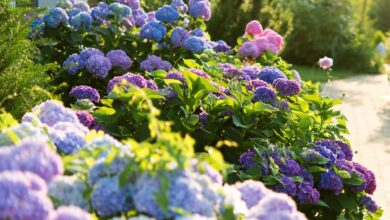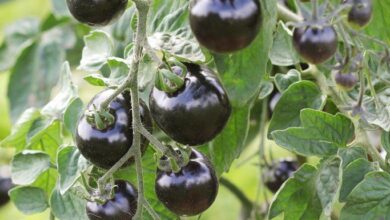
My Favorite Root Vegetables Can Make You Cry
[ad_1]
It may sound strange, but one of my favorite root vegetables is the lowly onion. I can relate to this workhorse of culinary veggies. Onions are often overlooked and undervalued, but they are truly the jack of all trades in the kitchen.
Contents
How to Use Onions
Sliced onions adorn fresh salads and burgers. Chopped ones add crunchy heat to salsas, potato salad, and dips. Chefs meticulously caramelize onions to add flavor to soups, stews, and meat dishes. Carnival venders even dip them in batter and serve them up with a side of ranch.
What other veggie gets as much mileage in recipes as the onion? These bulbous members of the allium family are one of the cheapest veggies you can buy and one of the easiest to grow. Yet, even gardeners dismiss onions as a serious crop.
We brag about the size of our tomatoes, melons, and zucchini. We tempt our guests to try our hottest peppers. We post pictures of our corn, cucumbers, or carrots on social media. What accolades do we bestow on the onion though?
Planting Onions
Perhaps this injustice exists because planting onion sets is so darn easy. There are no seeds to coddle or nursery-bought seedlings to babysit. We simply buy the bulbs and pop them into the ground when we’re ready to plant. As long as we manage to bury them root-side-down, they grow, and they grow well, even in poor soil.
I’m still envious of the baseball-sized sweet onions my former neighbor would harvest from his field of clay. Yet, I’ve heard onions are heavy feeders. Perhaps, feeding them makes them grow larger, but I can’t say the onions I harvest now are any larger than those from my first few years of gardening before my soil was amended.
Onions From Seed
I will admit, starting onion from seed is a bit more difficult than planting onion sets, but I find my onion seedlings are not as finicky as my baby tomato or pepper plants. I sprinkle the onion seeds in a container of dirt and keep it moist.
The onions germinate and grow in the same container, so there’s no transplanting involved. When it comes time to transfer them to the garden, I plop the entire pack of dirt out and carefully separate the individual plants. Each one gets stuck in a pencil-sized hole about 3 to 4 inches (8-10 cm.) away from its neighbor.
Another reason these culinary workhorses are my fave root vegetable is that growing onions in the garden is easy. After planting, I mulch them with grass once they begin to grow. This deters weeds and prevents soil moisture from evaporating during the hottest part of the summer. Onions have shallow roots and do best when they are kept moist while they are growing.
Onion Harvest Time
Most years, my onions need little else until they are ready for harvest. By now, the grass mulch has dried and shrunk sufficiently to allow the tops of the bulbs to show. This keeps the bulbs from rotting as the tops begin to die back. As long as we don’t have excessive rain, I’ll leave the onions in the garden until the stems are completely dry.
I then dig the onions and cure them in a warm, dry place for two to four weeks. Properly cured, my onions will last most of the winter in my basement. Yet, there is still another reason I love growing onions.
Onions are one of the few crops that can be used at almost any stage of development. Once onion sets start to grow and send up a few green leaves, I begin harvesting green onions. I chopped them for salads, slice them for sandwiches, or place them whole on roasts.
Now, I’m sure there are many gardeners who’d say carrots, potatoes, beets, or parsnips are their favorite root veggie. Can those vegetables stand up to the versatility, easy cultivation, and length of harvest as onions? Oh, I think not!
[ad_2]





